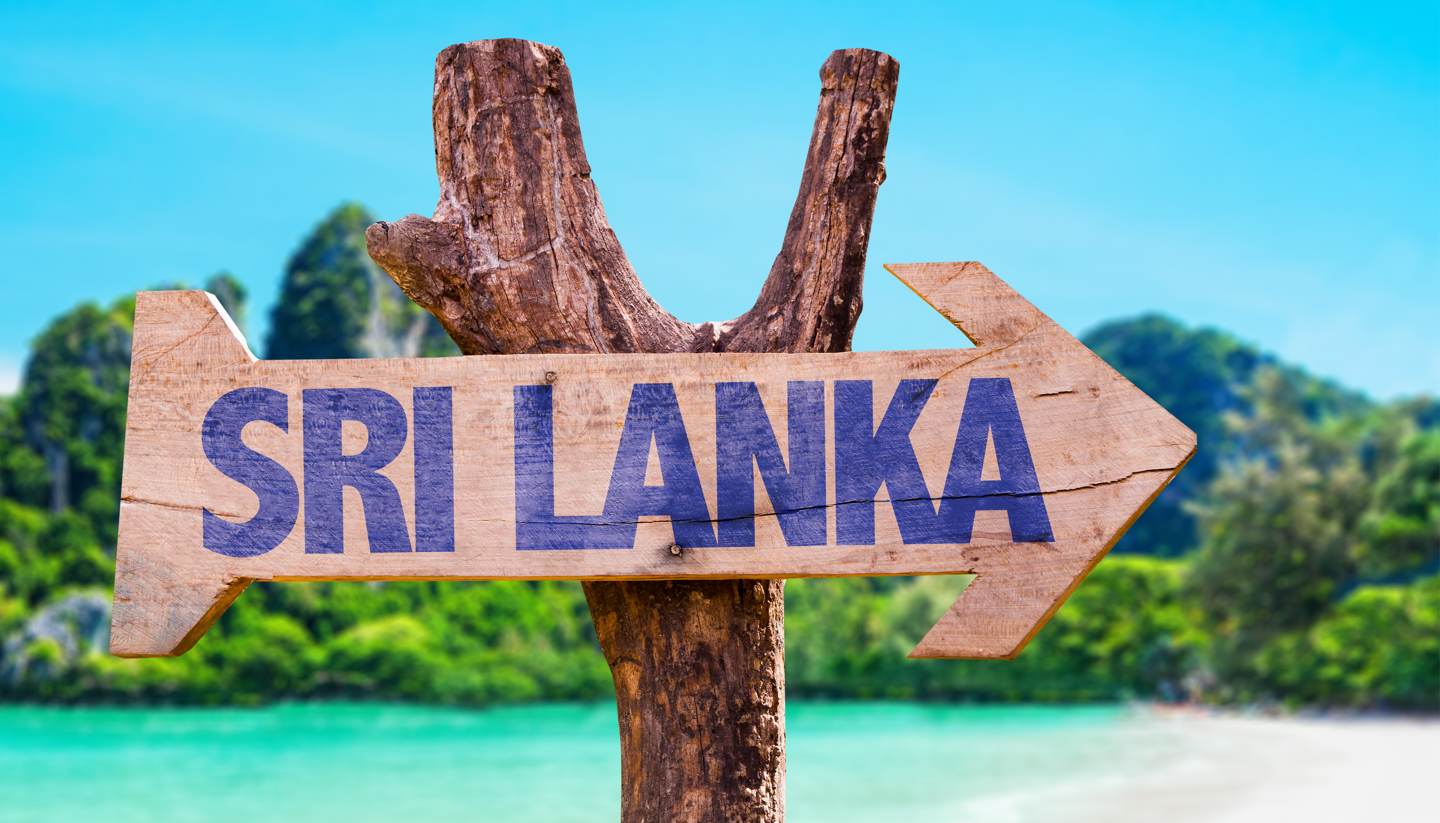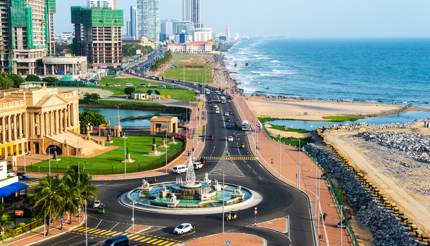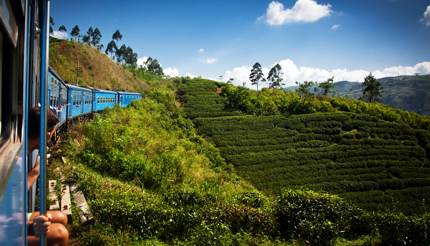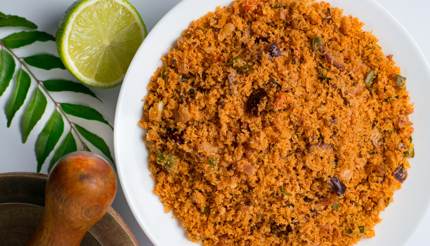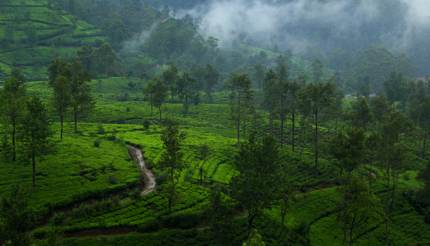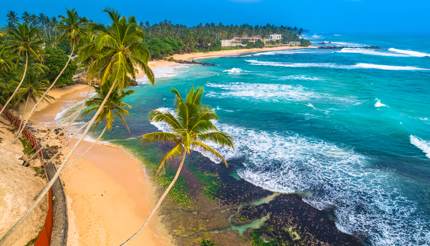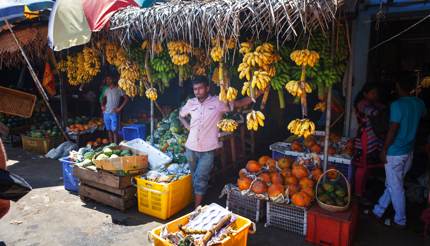Sri Lanka is beautiful, authentic and a cultural gem, these useful travel tips will help you make the most out of your time in this sun-kissed island nation
1. Sri Lanka is wildly beautiful and affordable
Known as the ‘pearl of the Indian Ocean’, Sri Lanka offers a cultural smorgasbord of breath-taking sights, flavoursome food and soft, sandy beaches. It’s affordable too if you compare it with the Maldives which sits just 983km (611 miles) away.
From London, Sri Lankan Airlines fly direct from London Heathrow to Colombo Bandaranaike International Airport (CMB). The journey takes about 10 hours 30 minutes. From New York, there isn’t a direct flight so a typical journey takes about 19 hours. Compare flight prices on Skyscanner and find the best and cheapest options available.
2. You can be guaranteed warm weather most of the time
Sitting just above the equator, temperatures on the island remain consistently warm for most of the year with temperatures averaging 28°C (82°F), while the hill regions becoming chillier, particularly in the night time. The best time to visit Sri Lanka depends on where you go – the period between December to April is best for the southwest region, while May to September is ideal for the northeast region. The best time to visit Kandy and the central hill region is from January to March when the weather is mild and rainfall is at its lowest. See the best time to visit Sri Lanka guide for more information.
3. Getting around is easy
The cheapest and most fun way to get around Sri Lanka is by coach, as it is atmospheric and packed with chattering locals who are friendly and keen to help. Sri Lankan trains are often less crowded than buses, also an affordable way to see the country in all of its natural glory. The train ride between Kandy and Ella is popular with tourists as it passes through lush tea plantations. Within a town or a city, tuk-tuks are cheap and available for hire in abundance. See the Getting around Sri Lanka guide for more information.
4. Get your Sri Lankan rupees inside Sri Lanka
As the Sri Lankan rupee is not a major currency, you often get better exchange rates from local currency outlets once you arrive. Ask for notes in smaller denominations (below Rp500). If you do decide to bring in cash, the limit is Rp5,000. Please note that you cannot bring Indian rupee and Pakistani rupee into the country – best convert them into USD first and exchange to Sri Lankan rupee once you arrive. ATMs are widely available and major credit cards are accepted too. For more information, see the Money and duty-free for Sri Lanka page.
5. There is a lot of head waggling
You’ll notice that body language and communication in Sri Lanka can be difficult to decipher for an average Westerner. The head waggling is one of the first things that a traveller notices, and it can mean many things, including yes, no or maybe. Be respectful and take time to learn what the locals are saying and how they say it. Sri Lankans are extremely generous by nature, so don’t be surprised if a head waggle leads to an invitation to dinner.
6. Rice and curry, not curry and rice
Sri Lankans consider rice to be the most important aspect of the meal and it’s common to see a massive mound of rice on a plate surrounded by a curry, some vegetables and pol sambol, a condiment made from coconut, salt, fish, chillies and onions. Street food is delicious, but to avoid stomach upsets, use your judgement wisely and only eat well-cooked dishes.
Must-try dishes include lamprais, polos and pol sambol, while Lion is the national beer. Check out the Sri Lanka food and drink guide for more information.
7. Eat with your right hand
While you can ask for cutlery, you can also join the locals and use your right hand – your thumb, index finger and the middle finger – to pick up food. Washing your hands before and after eating a meal is expected.
8. Tap water is not safe
While it is generally safe to gargle with tap water, you should avoid drinking from the tap. Bottled water is readily available, look for ones that bear the Sri Lanka Standards Institution certification mark. Alternatively, bring a reusable water bottle with a filter.
9. Sri Lanka is mad about tea
Sri Lanka is a mecca for tea lovers and was previously known as Ceylon, after which the popular tea strain is named. As one of the world’s largest exporters of tea and tea leaves, sampling the various strains of black, white and green tea is a must. For those that are a little more passionate, you can travel to one of the country’s tea plantations in the hill regions to soak up the history and the beautiful countryside. Nuwara Eliya is an ideal spot for this, with misty views across rolling, green peaks. Take part in a tea tour or simply enjoy a cup at the end of a long day – this is something that’s not to be missed.
10. It’s Zika-free so far
Sri Lanka remains a country with no known risk of Zika infection so far and the risk of malaria is also very low. However, cases of dengue fever have been reported and the risks of Hepatitis A (spread through consuming contaminated food & water or person-to-person) and Hepatitis B (spread through infected blood and blood products) are present. For more information, see the Sri Lanka Healthcare and vaccinations guide.
11. Bask on Sri Lanka’s many beaches
Sri Lanka has roughly 1,600km (1,000 miles) of palm-shaded beaches. Unawatuna near Galle is said to be one of the best beaches in the world. The beaches in the south are less crowded and often more beautiful, but be aware that swimming can be dangerous in many areas. For more information on attractions in Sri Lanka, see the Things to see and do in Sri Lanka guide.
12. Public nudity is illegal
Swimsuits are fine on beaches but don’t skinny-dip as public nudity is illegal. It is also advisable to wear modestly and remove your shoes when visiting places of worship.
13. Carry an umbrella if you like to kiss in public
Public displays of affection are frowned upon in Sri Lanka, particularly within smaller towns. If you do feel the need, keep it discrete and copy the locals by hiding behind an umbrella.
14. Be prepared to haggle
Haggling is an art and also a necessity in Sri Lanka. Be prepared for a round of bartering because often a vendor will offer you an inflated price. The rule of thumb is to half any price initially offered to you. See the Shopping in Sri Lanka page for more information.
15. Apply for a visa before you go
Only nationals from three countries (Seychelles, Singapore and the Maldives) can visit Sri Lanka without a visa. Nationals from all other countries must obtain a visa. Although you can get a visa on arrival at the port of entry, visitors are usually recommended to get it online before the trip and it usually takes two days to come through. For more information about visa cost and validity, see the Sri Lanka visa and passport requirements page.
